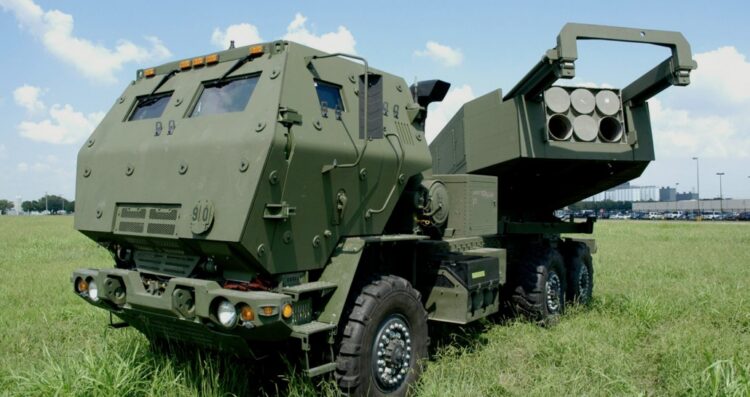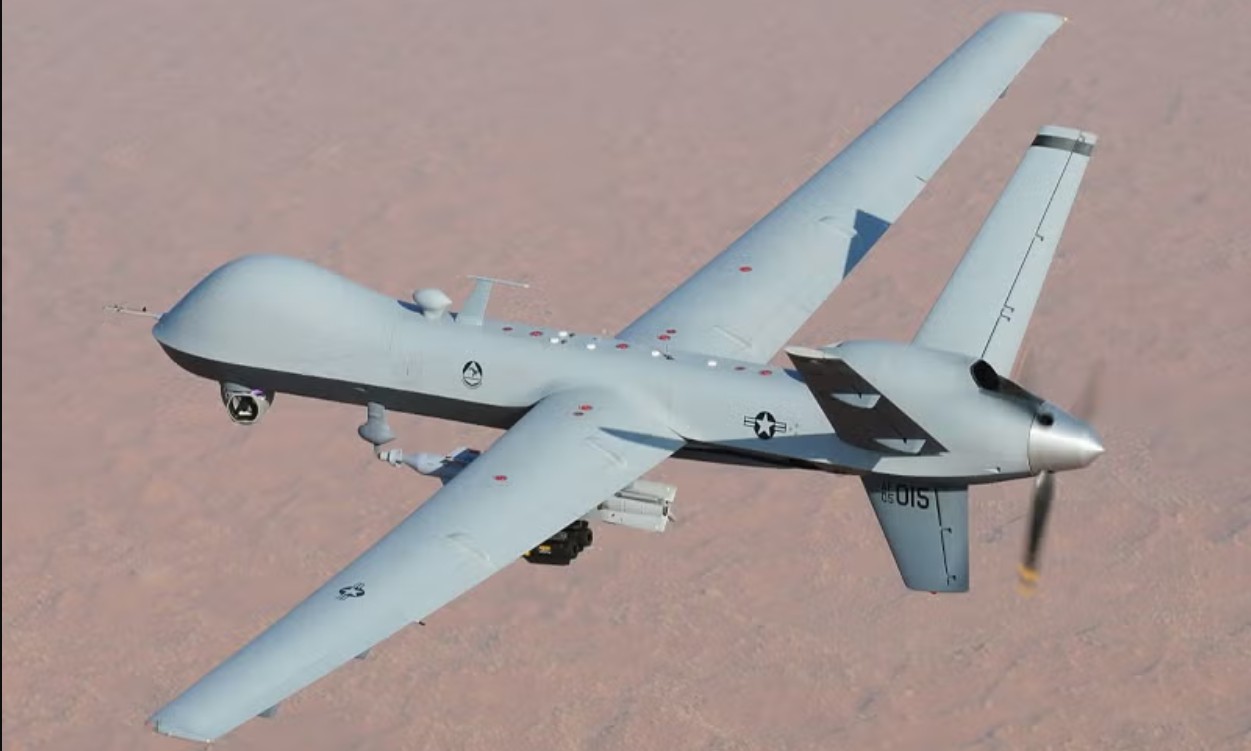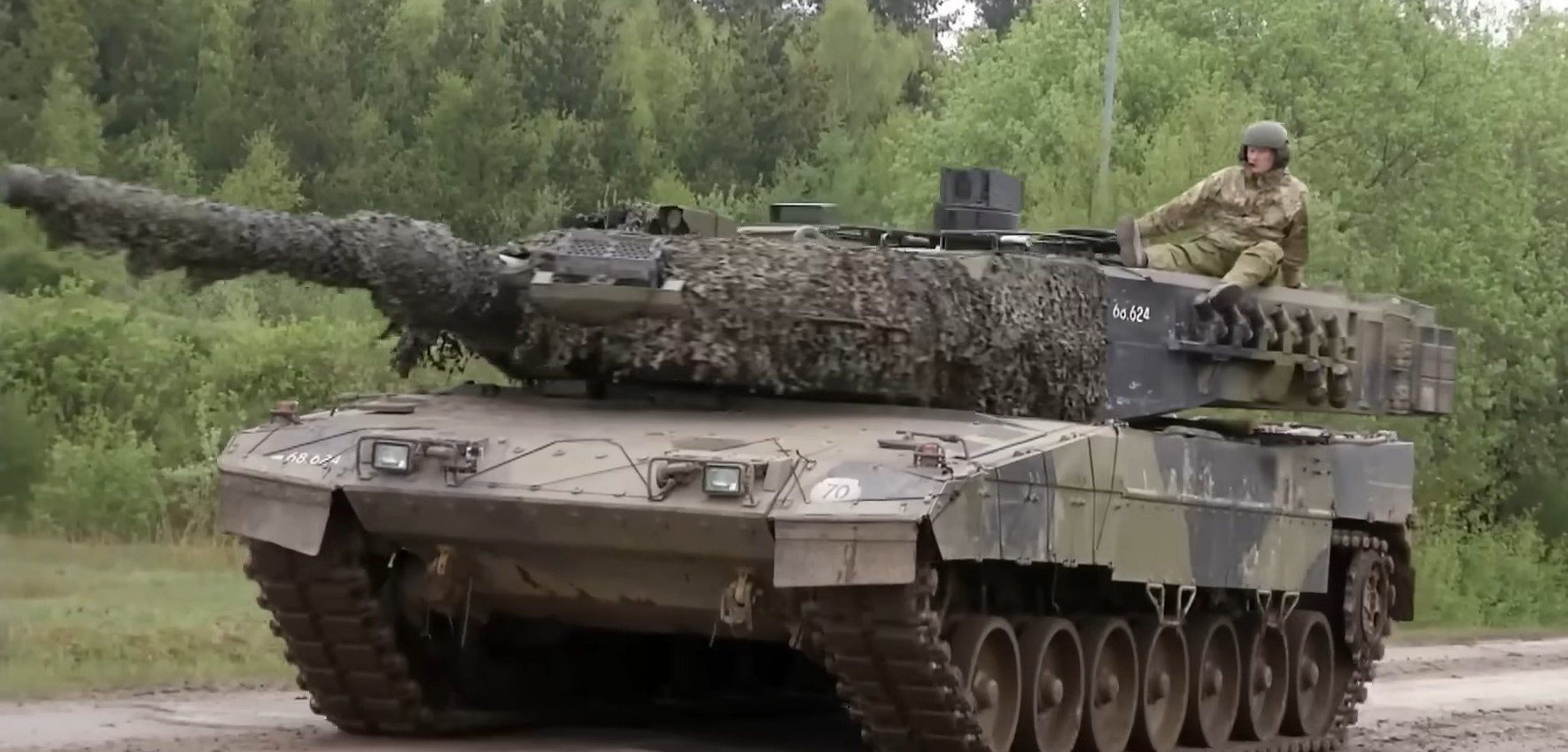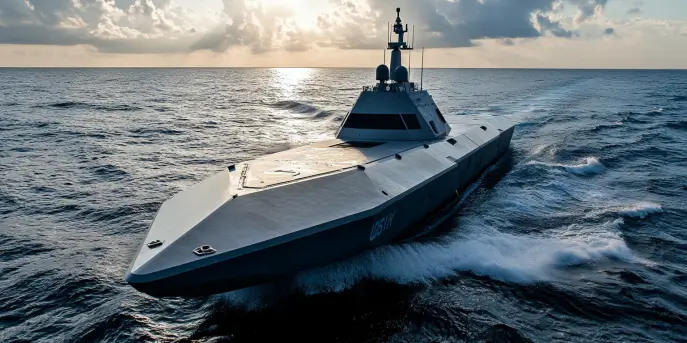Revolutionizing Modern Warfare with Autonomy
In an era where battlefield technology is rapidly advancing, Lockheed Martin’s Autonomous HIMARS (High Mobility Artillery Rocket System) stands out as a significant leap forward. Designed to provide commanders with increased operational flexibility, the autonomous HIMARS integrates state-of-the-art technology to enhance precision and efficiency in military operations.
Design and Capabilities
The HIMARS is an evolution of the earlier MLRS (Multiple Launch Rocket System), known for its mobility and mission versatility. What sets the autonomous version apart is its incorporation of cutting-edge autonomous functionalities, allowing it to undertake deployment with minimal human intervention. This system can autonomously navigate, position, and execute its firing sequence, significantly reducing the time from decision to action.
Key Specifications
| Specification | Details |
|---|---|
| Weight | Approximately 16,000 kg |
| Length | 7 m |
| Width | 2.4 m |
| Range | Up to 300 km |
| Autonomy Features | Navigation, Targeting, and Firing |
Enhancing Precision and Impact
Autonomous HIMARS units are equipped with advanced GPS and inertial navigation systems that ensure precision even in challenging terrains. The integration of cutting-edge AI algorithms allows these systems to calculate firing solutions with unmatched accuracy, adapting in real-time to changing battlefield conditions. With the ability to utilize both guided and unguided munitions, they provide operational flexibility suited to different mission profiles.
Operational Flexibility
A significant advantage of the autonomous HIMARS is its deployability on various platforms, including C-130 aircraft, making it ideal for rapid deployment in diverse environments. Its lightweight design ensures swift mobility, while the automated system enhances responsiveness, particularly in high-intensity operations.
Integration with Modern Defense Networks
The evolution of HIMARS into an autonomous system draws from Lockheed Martin’s ongoing commitment to seamless integration within modern defense networks. Its capabilities extend beyond traditional artillery roles, as it can interface with air and ground forces, optimizing coordinated strikes and enhancing situational awareness across the battlefield. This interoperability ensures commanders can orchestrate complex missions with precision and agility.
While autonomous military systems offer numerous advantages, their deployment is not without challenges. Concerns regarding cybersecurity, ethical considerations in decision-making, and the implications of reduced human oversight require careful consideration. Lockheed Martin addresses these issues through rigorous testing and adherence to robust security protocols, ensuring that the autonomous capabilities are reliable and accountable.
Looking Towards the Future
The autonomous HIMARS system represents a significant milestone in the evolution of military technology. As automation and AI continue to shape the future of defense, the deployment of such systems will likely expand, offering militaries worldwide new capabilities and applications. Looking forward, the focus will be on enhancing collaboration between human operators and autonomous systems, ultimately aiming to achieve optimal operational effectiveness while maintaining ethical oversight.









